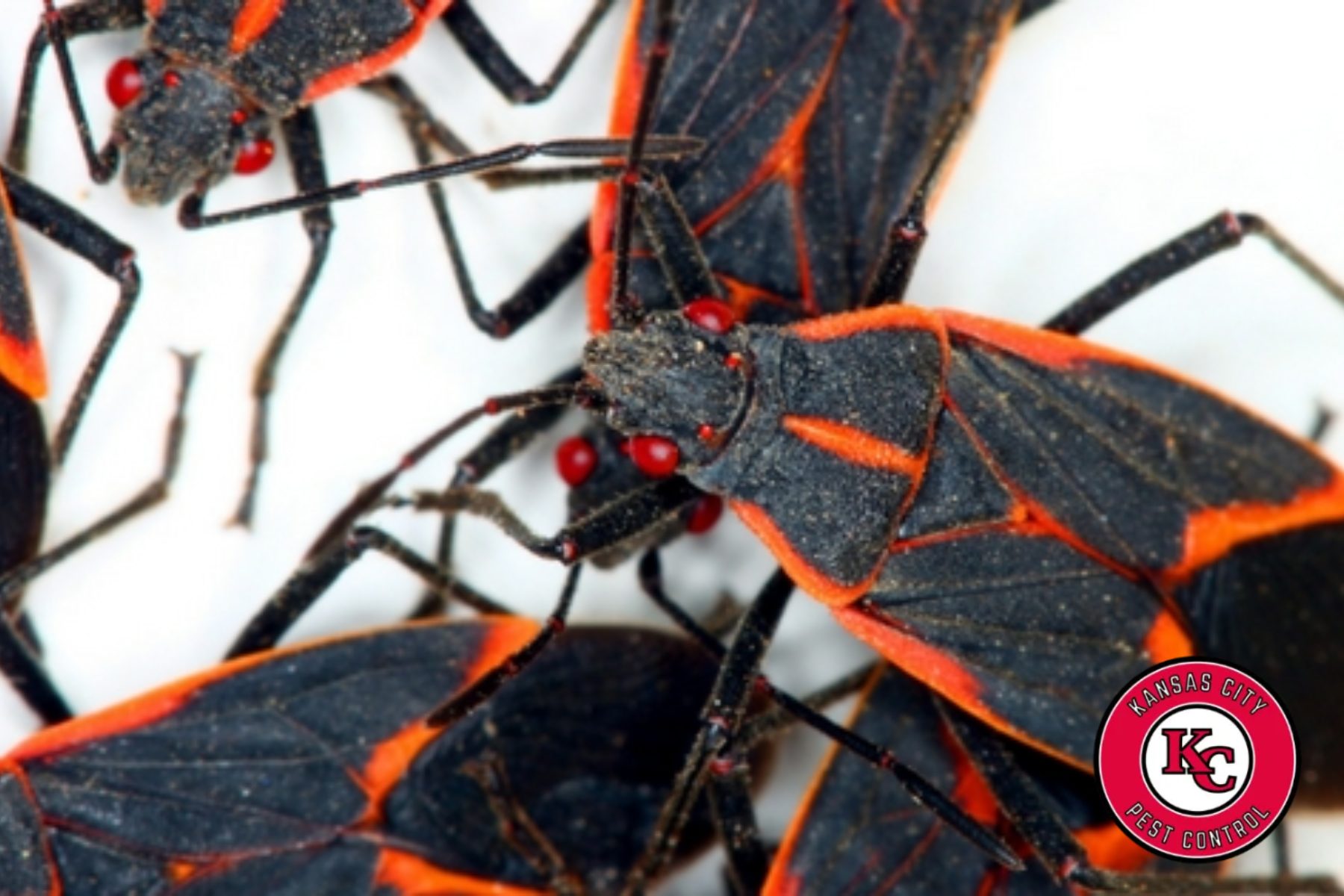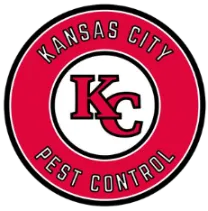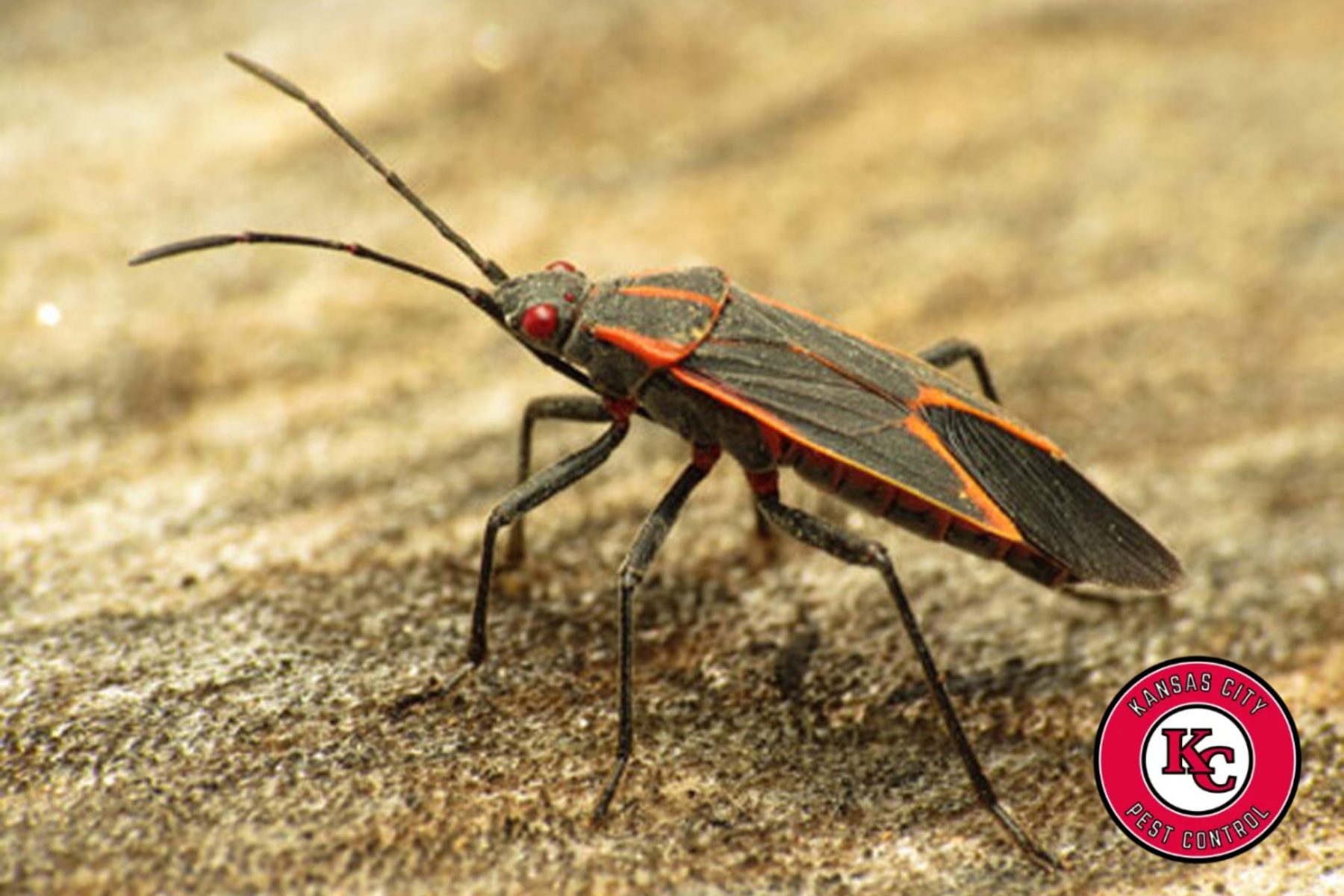If you’ve ever noticed clusters of black-and-red bugs crawling on the sunny side of your home in the fall, you’re likely dealing with boxelder bugs. While they’re not harmful to humans or pets, they can become a serious nuisance, especially when they invade homes in large numbers. Understanding how to get rid of boxelder bugs the safe way is essential for maintaining a comfortable and pest-free home.
This article will walk you through what boxelder bugs are, why they appear, and most importantly, how to safely and effectively get rid of them without risking damage to your home or harm to your family.
What Are Boxelder Bugs?
Boxelder bugs are black insects with distinctive red or orange markings on their backs. Adult bugs are about half an inch long and often mistaken for little red bugs or even early-stage bed bugs by the untrained eye.
These bugs are most commonly found on boxelder trees, but they also gather on maple and ash trees. In late summer and early fall, they begin seeking shelter from the cold, often entering homes through small cracks and crevices.
Although they don’t bite, sting, or cause structural damage, they can stain walls, curtains, and furniture with their excrement, and when crushed, they emit a foul odor. That’s why safe removal is so important.
Why Boxelder Bugs Invade Homes
Boxelder bugs are attracted to warmth. As temperatures begin to drop in the fall, they look for sunny, south-facing walls where they can bask in the sun and then sneak into nearby cracks to overwinter indoors.
Here’s why your home might be attracting them:
- Presence of boxelder, maple, or ash trees nearby
- Unsealed gaps around windows, doors, or siding
- Poorly screened attic or soffit vents
- Exterior lighting that draws them in at night
Once they get in, they can be hard to eliminate without the right approach.
The Safe Way to Get Rid of Boxelder Bugs
When it comes to managing boxelder bugs, safety and prevention are key. Chemical overuse or incorrect treatment can create unnecessary risks and won’t always solve the root of the problem.
Step 1: Seal Entry Points
Prevention begins with excluding bugs before they get inside. Seal any cracks around:
- Window and door frames
- Siding seams
- Roof vents and attic access points
- Utility lines and cables entering the home
Use weather stripping, caulk, or expandable foam to block these entryways.
Step 2: Remove Attractants
Reducing the presence of boxelder bugs starts with your landscaping:
- Trim or remove female boxelder trees, which produce seeds that bugs feed on
- Rake and dispose of fallen leaves, seeds, and other yard debris
- Keep plants and shrubs trimmed back from your house
Cutting back on attractants helps lower the boxelder bug population near your home.
Step 3: Vacuum, Don’t Squash
If boxelder bugs make it indoors, don’t crush them. This releases their unpleasant odor and can leave stains. Instead, use a vacuum cleaner with a hose attachment to suck them up. Empty the vacuum bag or canister promptly into a sealed outdoor trash bin.
Step 4: Use Safe Treatments
For exterior control, a residual insecticide can be applied to areas where bugs congregate. However, always choose treatments labeled for use around people and pets and follow directions precisely.
Alternatively, soap and water sprays (mix 1 tablespoon of dish soap with a quart of water) can kill boxelder bugs on contact without using harsh chemicals.
If you’re unsure about applying treatments yourself, professional pest control Leavenworth can provide safe and effective options tailored to your property.
Step 5: Schedule Seasonal Maintenance
Boxelder bugs are seasonal invaders, most active in the fall. Scheduling an exterior treatment in late summer or early fall can help deter them before they begin searching for indoor shelter.
Pair this with regular inspections of your home’s exterior to catch any developing infestations early.
What Not to Do
When dealing with boxelder bugs, certain methods can do more harm than good:
- Don’t use foggers indoors – They won’t reach bugs hiding in walls and can expose your household to harmful fumes.
- Avoid insecticides on live trees – Many treatments aren’t tree-safe and can damage plants or surrounding wildlife.
- Don’t rely solely on DIY traps – While they might catch a few bugs, they won’t eliminate an infestation or prevent more from coming.
For long-term control, combining exclusion, targeted treatment, and expert support is the best route.
When to Call a Professional
Boxelder bugs are not aggressive, but their sheer numbers and persistence make them tough to manage without expert help. If you’re seeing dozens (or hundreds) on the exterior of your home—or if they’re showing up indoors regularly—it may be time to bring in professional help.
Working with a trusted provider of pest control Leavenworth KS ensures:
- Safe use of treatments that won’t harm people, pets, or plants
- Identification of structural vulnerabilities and nesting areas
- Long-term prevention strategies to keep bugs out year after year
Whether you’re dealing with a few pests or a seasonal invasion, professional support can save time, stress, and repeated infestations.
Protecting Your Home Year-Round
Boxelder bugs may be a fall nuisance, but your home can remain protected all year long with proactive care. Remember:
- Act early: Treating in late summer can stop bugs before they come inside.
- Stay consistent: Seasonal inspections and treatments are your best line of defense.
- Partner with pros: If DIY methods aren’t enough, professional pest control is worth the investment.
Understanding how to get rid of boxelder bugs safely doesn’t have to be overwhelming—especially when you have the right team on your side.

About Kansas City Pest Control
At Kansas City Pest Control, we specialize in safe, reliable pest management services for homeowners and businesses in Leavenworth and surrounding Kansas City communities. From boxelder bugs to other seasonal invaders, our team uses targeted, eco-conscious methods to eliminate pests while keeping your home and family safe.
Whether you need help with an ongoing issue or want to prevent future infestations, we’re here to provide expert service with a focus on long-term protection.

